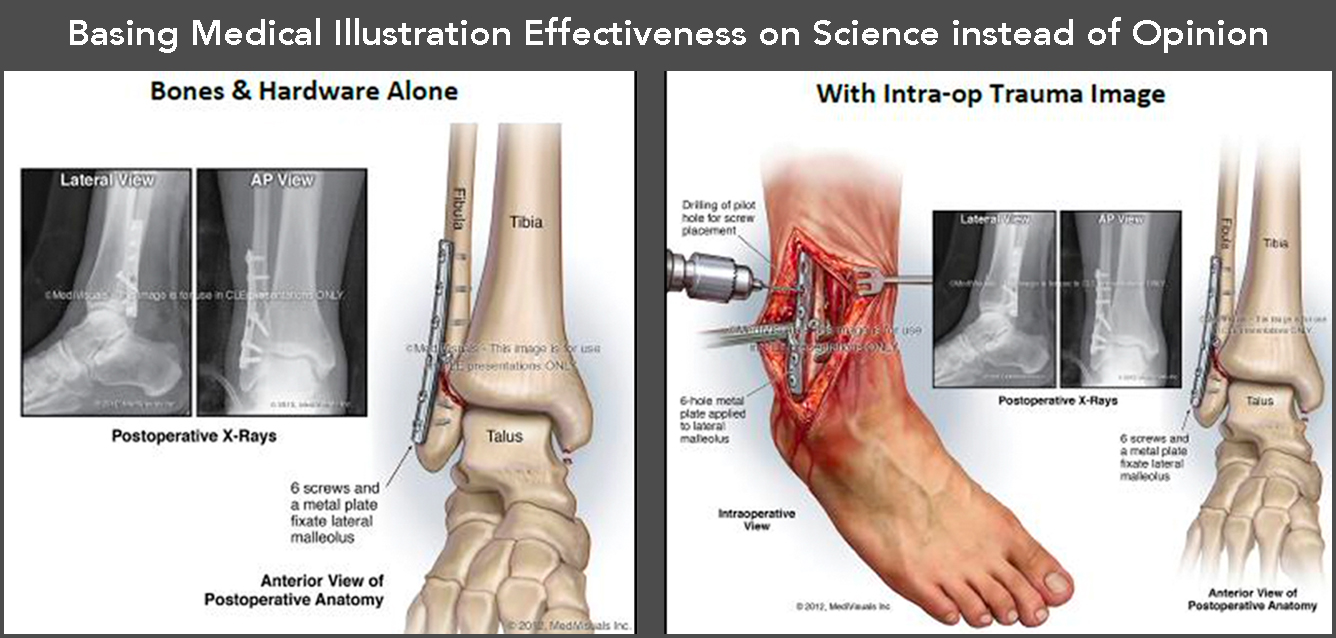By: Robert L. Shepherd MS, Certified Medical Illustrator, President & CEO, MediVisuals Inc.®
Opinions regarding what make graphics more or less effective are just like noses – everybody has one. For many years, “opinions” regarding specific characteristics of illustrations have been expressed as “fact” but often with no supporting empirical evidence. This has long been a topic of discussion amongst John Romano, Esq of West Palm Beach; Bob Shepherd, MS, CMI of MediVisuals in Richmond, VA; Doug Beam, Esq of Melborne, FL; and Harvey Moore, PhD of Trial Practices Inc. in Tampa, FL. This diverse group discussed specific characteristics of visuals and how to scientifically evaluate their effectiveness. Over the course of several years, numerous images have been created to evaluate several specific traits or characteristics of visuals. Consistent with the scientific method, the images were identical except for one variable trait or characteristic.
The slower demand for case preparation due to court closures during COVID allowed the study to be finalized. After completion of the graphics and discussion of the specific visual variables as well as the methodology of the study, two leaders in online surveys were contacted: Chris Denove, JD of Trial Survey Group and John Campbell, JD of Empirical Jury, LLC. Chris and John were provided with the general objectives and given freedom to perform the study in ways that would be scientifically and statistically valid as well as non-biased.
The surveys designed by Chris and John along with the images were then sent to several hundred respondents who reviewed the images online and answered specific questions regarding the visuals. Most of the images evaluated in the studies performed by Trial Survey Group and Empirical Jury were the same. Many of the questions asked were very similar. The biggest difference in the two studies was that, in one study, the respondents were shown both images and asked to choose which was stronger with regard to certain sought-after characteristics of a demonstrative aid intended to show damages. In the other study, half of the participants saw only one of the two images, and the other half of the participants saw the other image. Neither of the respondents were aware that another image existed or that the image was being compared to another.
To further minimize any additional factors (aside from the isolated, variable characteristic) that might influence the interpretation of the images, no written or verbal explanations of the images were provided in order to avoid varied interpretations of such language skewing the results of the study.
Some of the questions jurors responded to included:
-
Perceived expense of the graphic – Because the perceived expense of a graphic can make an insurance adjustor aware that a significant investment is being made in the case, thereby indicating that the case likely has merit and value. Likewise, jurors are more likely to think a case involves considerable monetary value if it appears a significant amount of money is being spent on it during trial.
- Perceived Professionalism –Because professionalism adds to the perception of overall credibility of the trial team.
- Perceived “precision” – Because precision adds to the perception that the graphic is believable, and that believability can carry over to the expert who is testifying and to the plaintiff’s entire trial team.
- Clarity and understandability– Because graphics in general should make someone’s testimony clearer and more understandable.
- Severity of the injury or surgical procedure depicted in the graphics – Because it is important for insurance adjustors or jurors to gain an accurate and truthful understanding of the severity of injuries and/or the invasive nature of surgical procedures to fairly place a monetary value on them.
- Monetary value of the injury– One of the most important and relevant factors, but one that was most difficult to incorporate into the survey.
Some of the characteristics analyzed included:
- Simple vs complex graphics
- “Colorized” MRI vs MRI scans alone
- Illustrations of MRI scans vs “colorized” scans
- Amateurish graphics vs professionally developed graphics
- Cross-sections vs no cross-sections
- Realistic and truthful vs diagrammatic
Below are several of the images included in the comparison and the results:
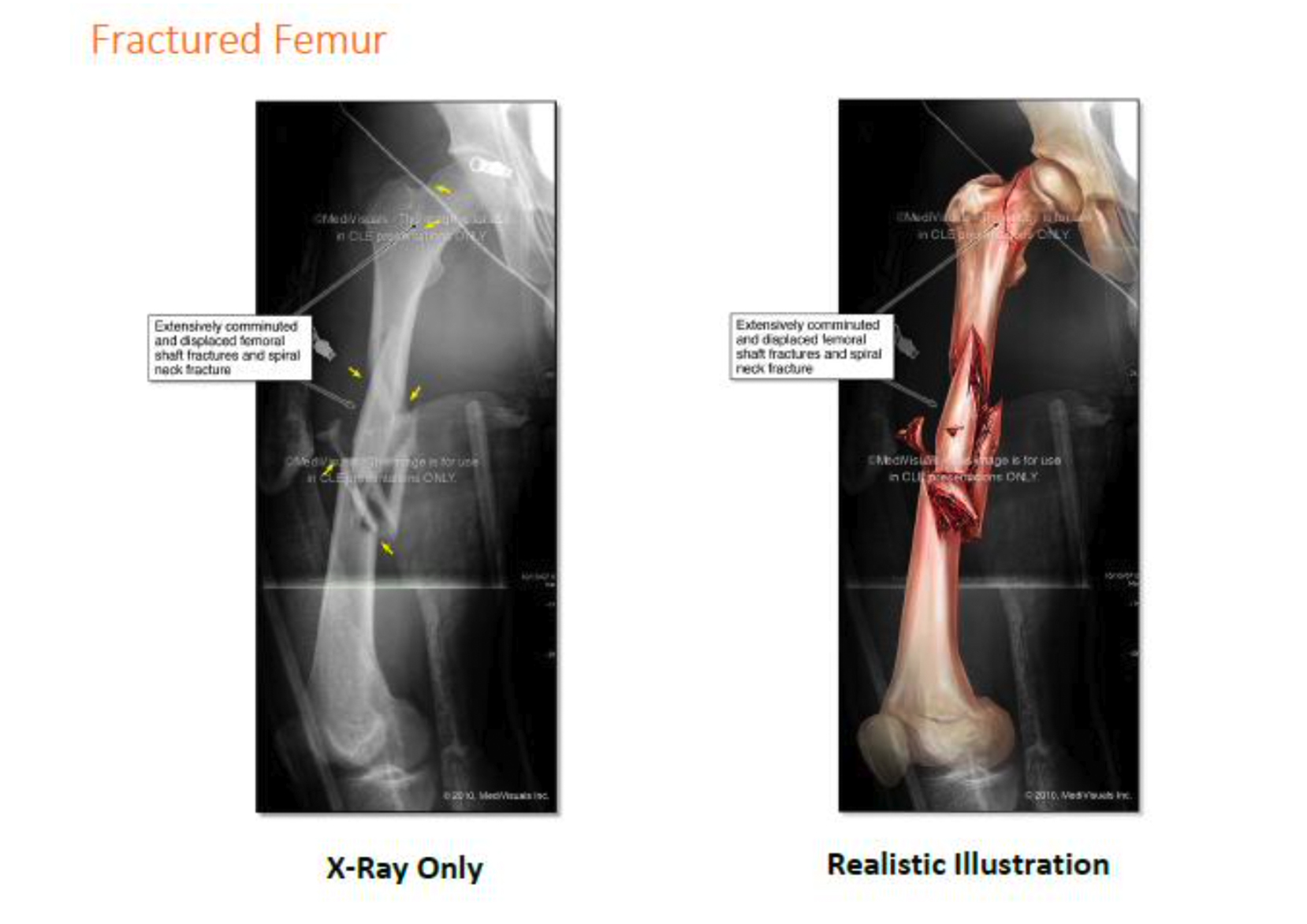
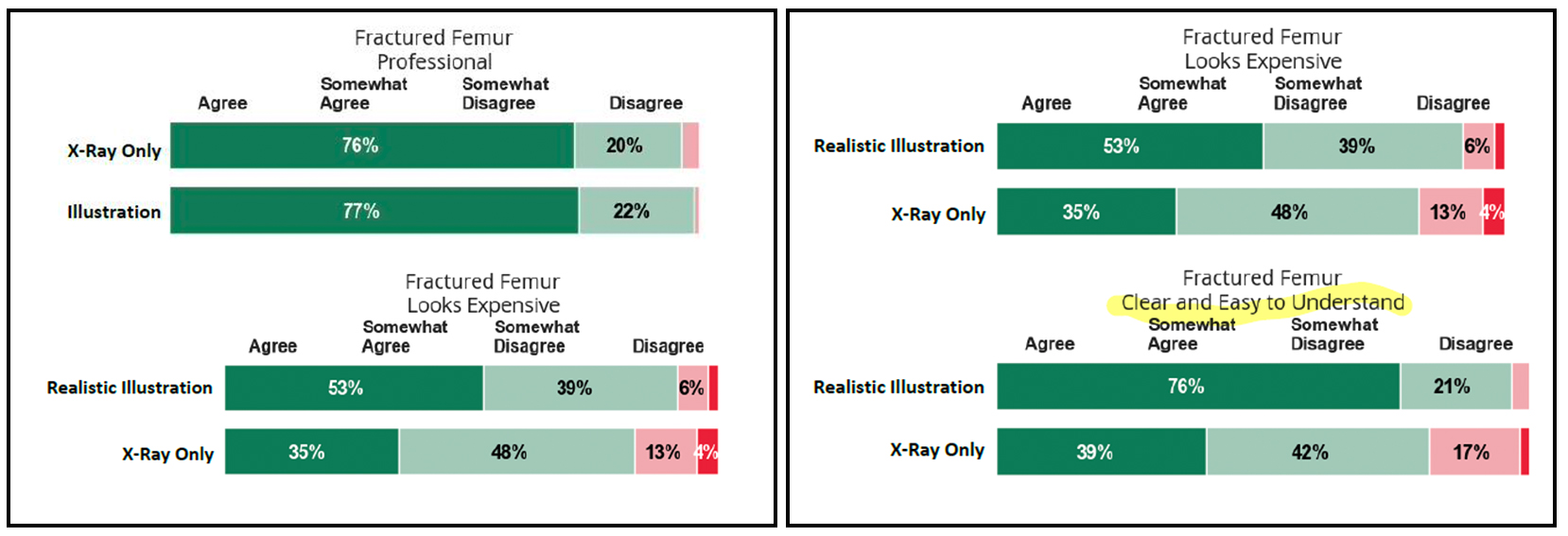
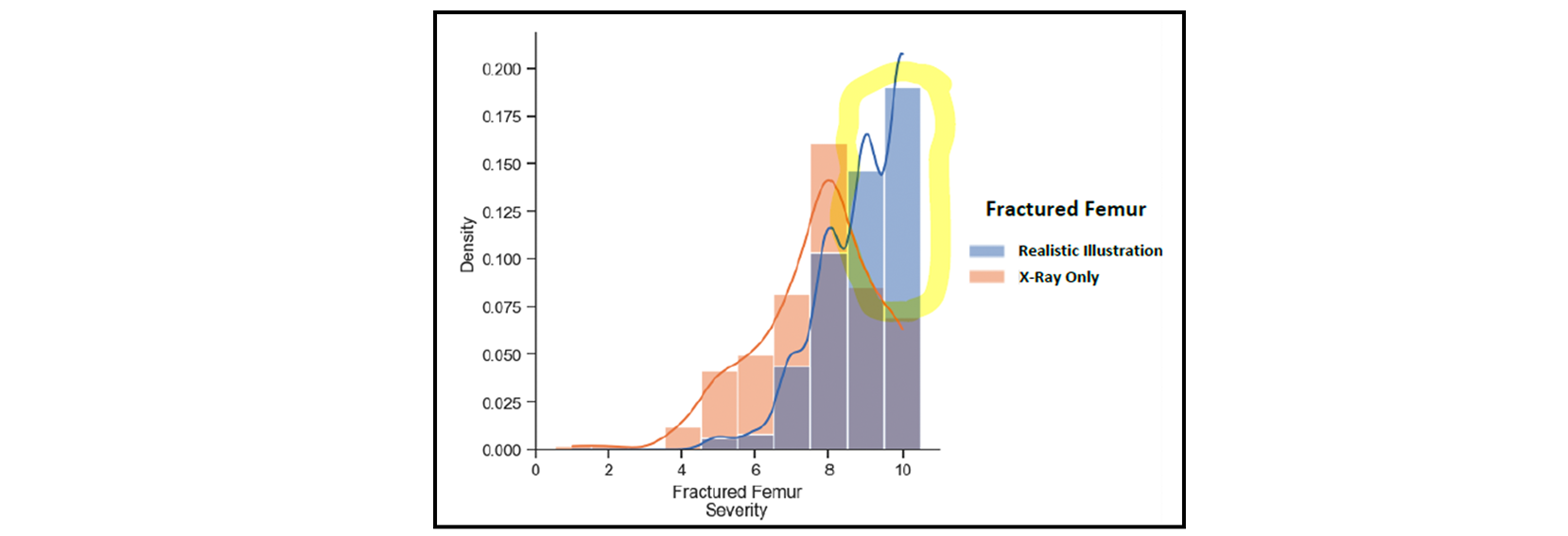
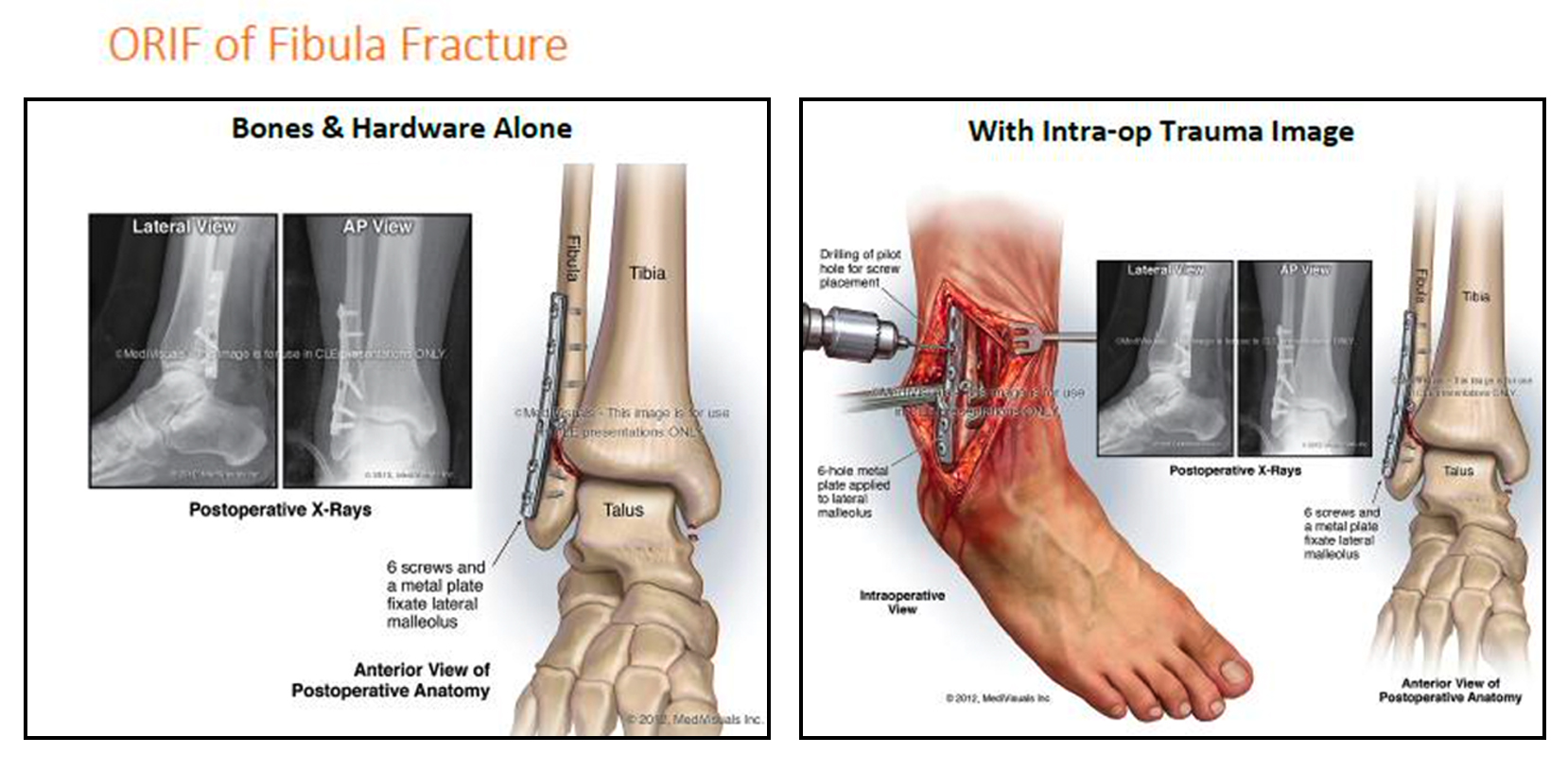
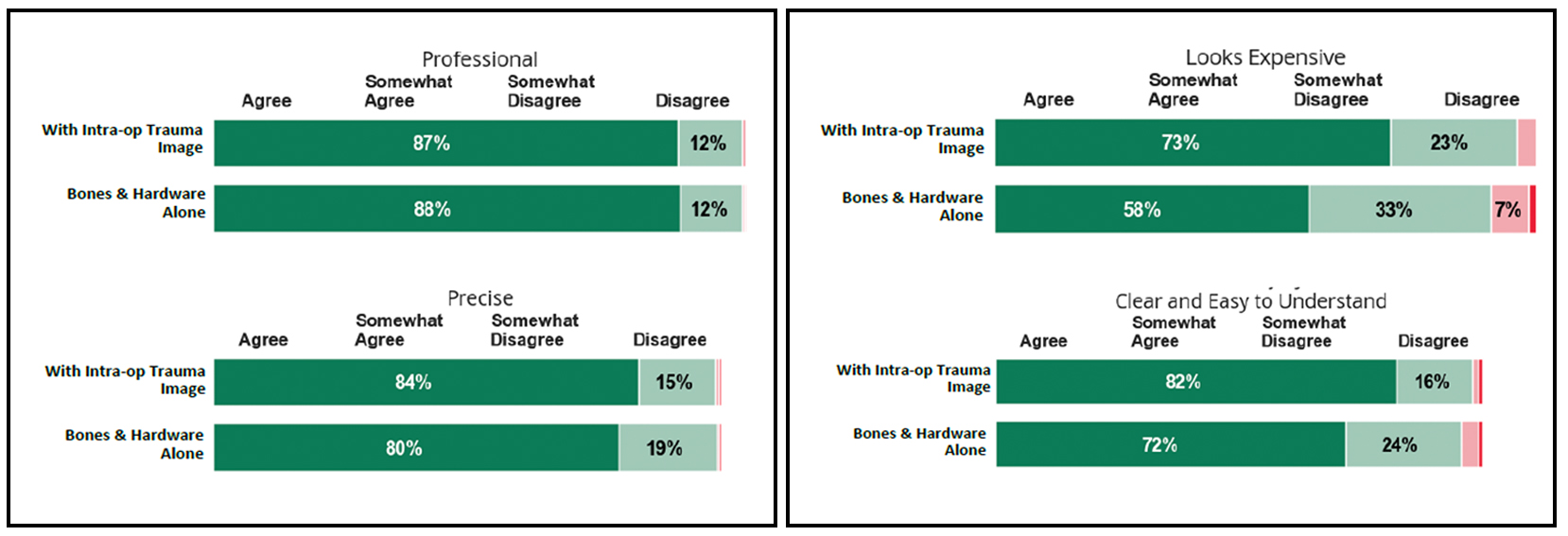
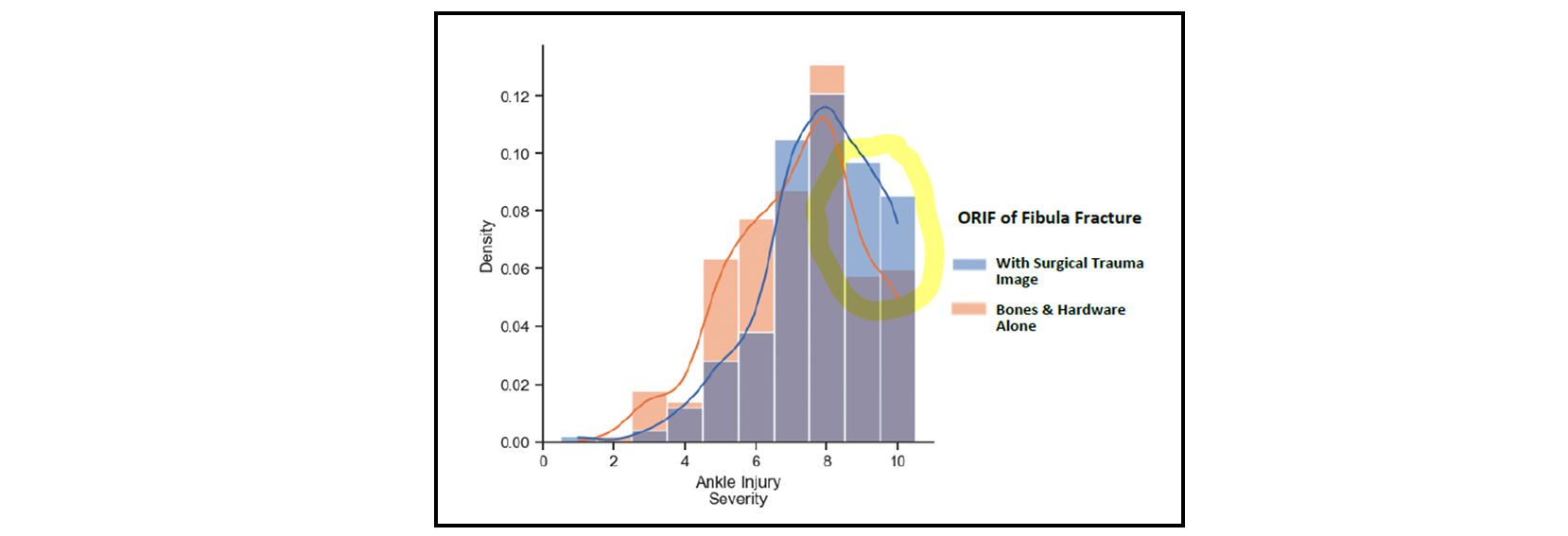
Click to view ALL results
Over 35,000 Medical Legal Cases in 36 Years
You and your clients will benefit from MediVisuals’ exceptional knowledge and experience in medical demonstrative evidence. Start a case consultation with an accredited Sr. Medical Illustrator consultant today.
Contact us:
866-949-2553
contact@medivisuals.com

